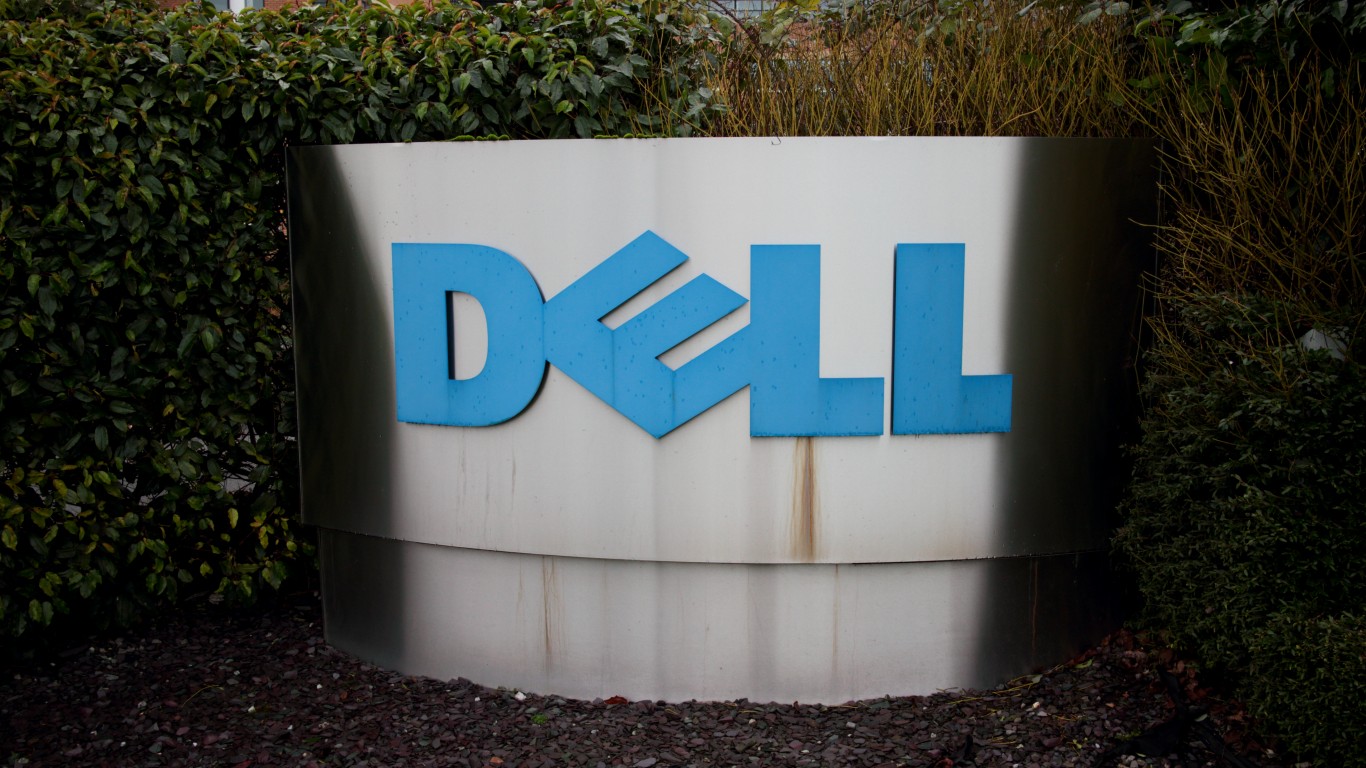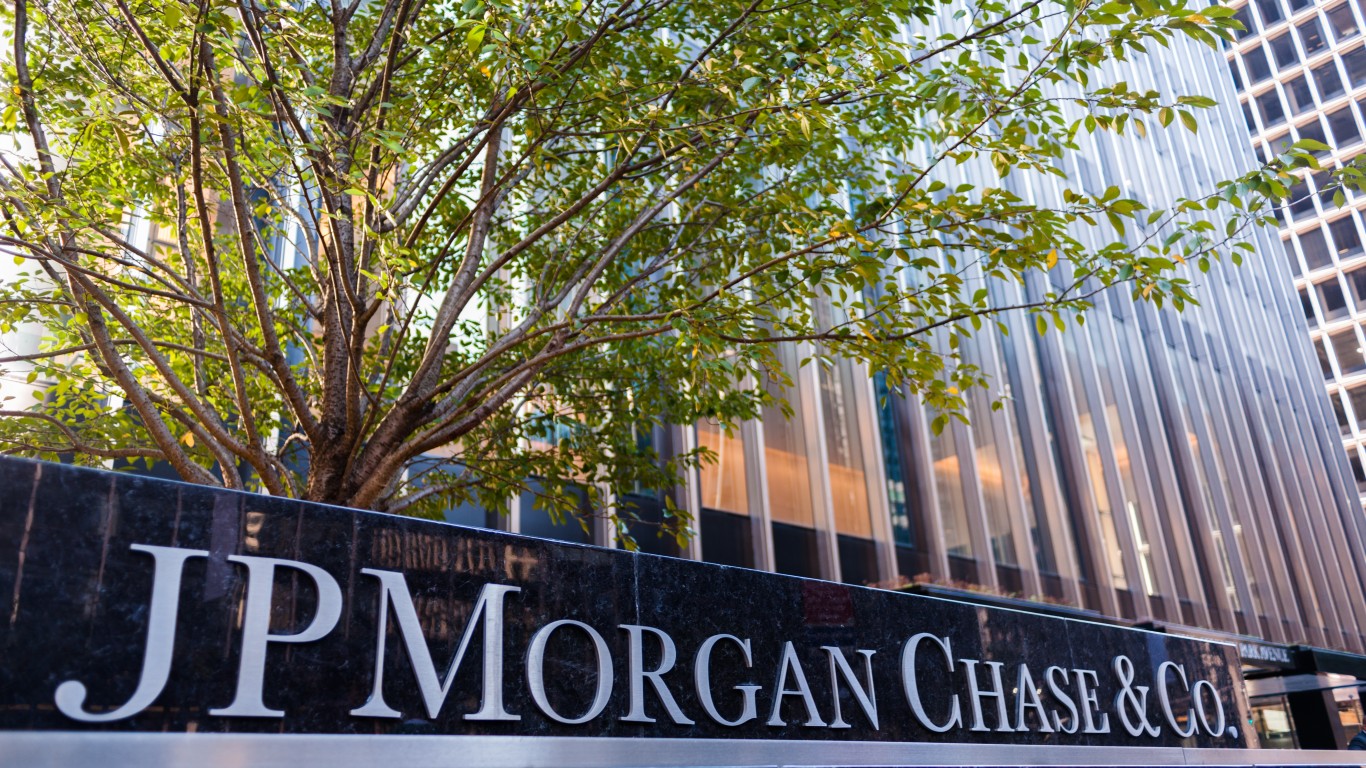
In early trading on Wednesday, the Dow Jones industrials were up 0.05%, but the S&P 500 and the Nasdaq were each down 0.19%.
After U.S. markets closed on Tuesday, AMC Entertainment reported mixed results, beating the consensus earnings per share (EPS) estimate but missing on revenue. The company’s coming vote related to increasing share count is considerably more important than AMC’s results. But isn’t everything? Shares traded down 3.5% shortly after Wednesday’s opening bell.
Rivian Automotive also reported mixed results. It beat bottom-line expectations while missing on revenue. Another recall stings but does not change the company’s story. Shares traded down about 11%.
HP met Wall Street’s EPS estimate but missed on revenue. The company does not expect 2023 to be a year of recovery for the personal computer industry. In fact, industry sales for the year may fall back to pre-pandemic levels. The stock traded down 0.8%.
Before U.S. markets opened on Wednesday, Kohl’s missed estimates on both the top and bottom lines. And the numbers were not even close. In its outlook, Kohl’s also came up short, issuing downside earnings and revenue guidance for the 2024 fiscal year that ends in January. Shares traded down 0.3%.
Lowe’s beat the EPS estimate but missed on revenue, although revenue was up 5% year over year. Fiscal 2024 EPS guidance was in line with analysts’ consensus estimate but revenue guidance was a bit short. Same-store sales are forecast to be flat to down 2%. Shares traded down about 2.2%.
Nio missed estimates on both the top and bottom lines and issued downside guidance for the first quarter. The stock traded down about 4%.
After U.S. markets close on Wednesday, Plug Power, Salesforce and Snowflake are scheduled to report quarterly results. Then, Kroger and Macy’s are on deck to report first thing Thursday morning.
Here is a look at four tech companies set to report results after U.S. markets close on Thursday.
Broadcom
Chipmaker Broadcom Inc. (NASDAQ: AVGO) has eked out beats on consensus revenue and EPS estimates since the second quarter of 2020. The stock has managed to eke out a gain of about 1.2% over the past year, thanks to a gain of nearly 14% over the past six months. Broadcom’s pending $61 billion acquisition of VMware faces regulatory hurdles, however, and the two companies recently extended the deadline for a deal by 90 days to May 26. The outcome is likely to put pressure on the stock, no matter what the decision is.
Analysts remain strongly bullish on Broadcom stock, with 20 of 25 having a rating of Buy or Strong Buy. The other five rate it at Hold. At a recent share price of around $594.00, the potential upside based on a median price target of $659.00 is 10.9%. Based on a high price target of $775.00, the upside potential is 30.5%.
For Broadcom’s fiscal first quarter that ended in January, analysts are looking for revenue of $8.9 billion, which would be down 0.4% sequentially but up 15.4% year over year. Adjusted EPS are forecast at $10.17, down 2.6% sequentially and 21.2% higher year over year. For the full 2023 fiscal year, estimates call for EPS of $40.76, up 8.3%, on sales of $35.22 billion, up 6.1%.
Broadcom trades at about 14.6 times expected 2023 EPS, 13.7 times estimated 2024 earnings of $43.46 and 12.9 times estimated 2025 earnings of $46.00 per share. The stock’s 52-week trading range is $415.07 to $645.31. Broadcom pays an annual dividend of $18.40 (yield of 3.14%). Total shareholder return for the past year was 4.42%.
Dell
Over the past 12 months, shares of Dell Technologies Inc. (NYSE: DELL) have shed more than 20% of their price. The company posted a new 52-week low in mid-October, and shares have bounced up by about 23.5% since then. Last month, Dell announced a 5% cut to its workforce (about 6,650 of its 133,000 employees), citing continuing erosion in sales. The company plans to restructure or integrate some sales and solutions groups. Industry shipments fell 28.5% in 2022, while Dell shipments dropped by 37% and the company lost two points of market share.
Sentiment among analysts tilts bullish, with 12 of 19 brokerages having a Buy or Strong Buy rating and the rest rating the stock at Hold. At a share price of around $41.00, the upside potential based on a median price target of $49.00 is 19.5%. At the high price target of $60.00, the upside potential is about 46.3%.
The consensus revenue estimate for Dell’s fourth quarter of fiscal 2023 is $23.51 billion, down 4.9% sequentially but down 16.0% year over year. Adjusted EPS are forecast at $1.64, down 28.8% sequentially and 4.7% lower year over year. For the full fiscal year that ended in January, analysts expect EPS of $7.45, up 19.8%, on sales of $100.57 billion, down 0.65%.
Dell stock trades at 5.5 times expected 2023 EPS, 6.5 times estimated 2024 earnings of $6.29 and 5.8 times estimated 2025 earnings of $6.95 per share. The stock’s 52-week range is $32.90 to $55.30. Dell pays an annual dividend of $1.32 (yield of 3.22%), and the total shareholder return for the past year was negative 17.63%.
Hewlett Packard Enterprise
Enterprise-level hardware and software maker Hewlett Packard Enterprise Co. (NYSE: HPE) has seen its share price decline by about 2% over the past 12 months. The dip came primarily in the first two months of 2023, while most other tech companies were seeing shares rise. HPE has gone almost totally into the xxx-as-a-service business with “xxx” standing in for high-performance computing, edge computing, or just about any other service one could name. This should help boost margins, provided supply chain or cost issues do not interfere.
Analyst sentiment is slightly bullish on the stock, with nine of 22 brokerages having a Buy or Strong Buy rating and another 11 with Hold ratings. At a share price of around $15.60, the upside potential based on a median price target of $18.00 is 15.4%. At the high target of $20.00, the upside potential is 28.2%.
For the company’s first quarter of fiscal 2023, analysts expect to see revenue of $7.4 billion, down 6% sequentially but up 6.3% year over year. Adjusted EPS are forecast at $0.53, down 6.1% sequentially and flat year over year. For the fiscal year ending in October, analysts are looking for adjusted EPS of $2.02, up 0.2%, on sales of $29.11 billion, up about 2.2%.
The stock trades at a multiple of 7.7 times expected 2023 EPS, 7.2 times estimated 2024 earnings of $2.16 and 6.7 times estimated 2024 earnings of $2.35 per share. The stock’s 52-week range is $11.90 to $17.66, and the company pays an annual dividend of $0.48 (yield of 3.07%). Total shareholder return over the past year is 1.24%.
Marvell
Chipmaker Marvell Technology Inc. (NASDAQ: MRVL) has seen its share price drop by 34% over the past 12 months. Since posting a 52-week high 11 months ago, the stock had dropped by 41%. The turnaround in tech stocks since the beginning of the year has added nearly 22% to Marvell’s share price. The company’s custom chip products, including Arm-based server products, could produce double-digit growth this year and for a number of quarters ahead.
Analysts remain solidly bullish on the stock. Of 32 brokerages covering Marvell, 29 have a Buy or Strong Buy rating and the rest rate it at Hold. At a price of around $45.00 a share, the upside potential to a median price target of $57.00 is 26.7%. At the high price target of $125.00, the upside potential is almost 178%.
For its fourth quarter of fiscal 2023 that ended in January, Marvell’s revenue is forecast to come in at $1.41 billion. That would be down 8.4% sequentially but up 5.2% year over year. Adjusted EPS are forecast at $0.47, down 17.8% sequentially and by 6.0% year over year. For the full fiscal year, EPS are forecast at $2.10, up 33.7%, on sales of $5.91 billion, up 32.5%.
The stock trades at 21.5 times expected 2023 EPS, 22.1 times estimated 2024 earnings of $2.10 and 15.9 times estimated 2025 earnings of $2.05 per share. Its 52-week range is $33.75 to $76.59, and Marvell pays an annual dividend of $0.24 (yield of 0.54%). Total shareholder return for the past year was negative 33.18%.
Thank you for reading! Have some feedback for us?
Contact the 24/7 Wall St. editorial team.
 24/7 Wall St.
24/7 Wall St. 24/7 Wall St.
24/7 Wall St. 24/7 Wall St.
24/7 Wall St.


